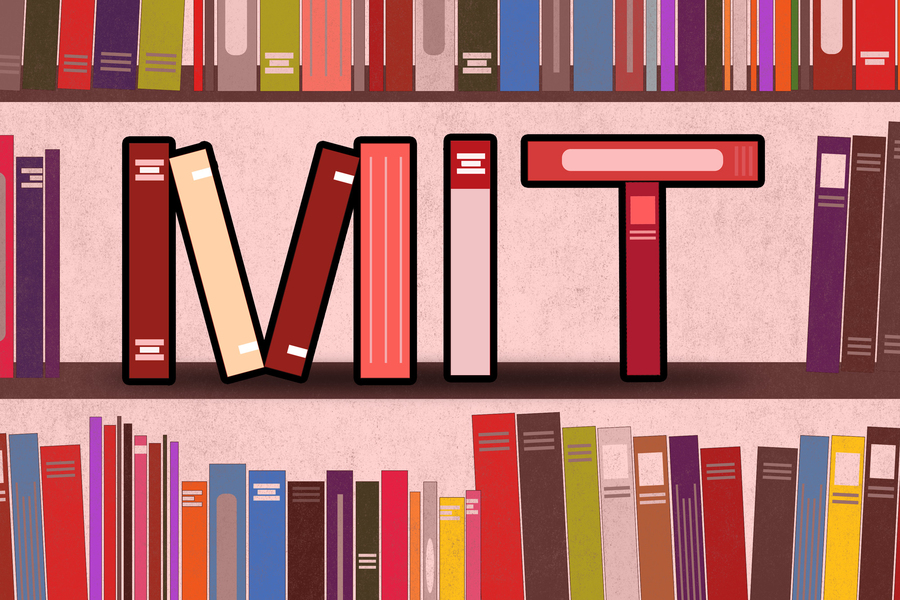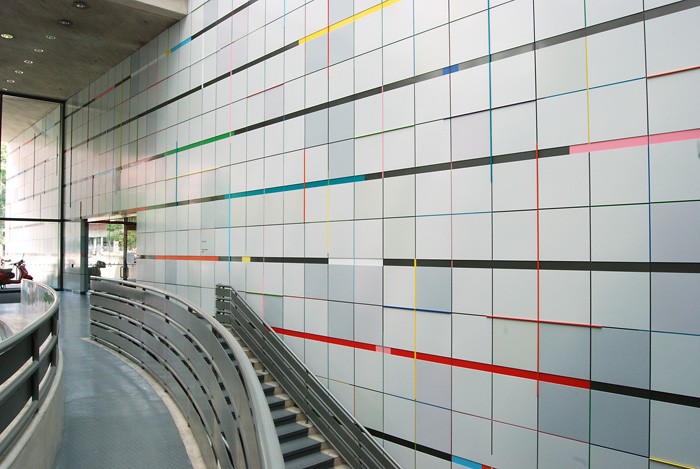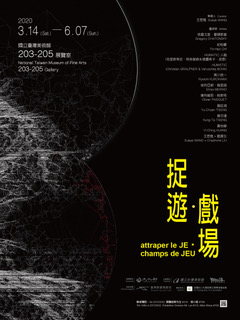Considering a graduate degree in Art, Culture and Technology? Join us for our Virtual Open House. This is your chance to meet our faculty and students, familiarize yourself with our program, and learn how to prepare your application materials.
Join us via Zoom on Tuesday, November 16 at 10:00am EST and/or Thursday, November 18 at 6:00pm EST
Application Deadline: January 7, 2022
Artists and cultural producers with diverse backgrounds and innovative transdisciplinary practices are encouraged to apply. Admission is based on a careful examination of the applicant’s artistic and academic record, including relevant samples of completed work, a statement of purpose, and letters of recommendation. Admission to the graduate program is processed by the Department of Architecture and facilitated by MIT’s web-based admission system. Learn more about the online application and portfolio requirements here.
Each session will include:
- Application, Curriculum, Financial Aid + Resources Overview
- ACT Production and Fabrication Resources
- Q+A with Current ACT Graduate Students and Alumni
- Faculty Presentations
Check back soon for more detailed information on presenters!
The Master of Science in Art, Culture, and Technology at MIT is an academic program and hub of critical art practice, artistic intelligence and discourse within the School of Architecture and Planning at MIT. ACT is headed by distinguished artist-professors and supported by a dynamic cast of practitioner graduate students and staff, visiting artist-lecturers, affiliates, and guests. Through an integrated approach to pedagogy, public event programming, exhibitions, and publications, ACT builds a community of artist-thinkers around the exploration of art’s complex conjunctions with culture and technology. ACT is not an art school in the traditional sense. The program’s mission is to promote leadership in critical artistic practice and deployment, developing art as a vital means of experimenting with new modes of knowledge, valuation, and expression; and to continually question what an artistic research and learning environment can be and do.
Born out of the 2009 merger between MIT’s influential Center for Advanced Visual Studies (CAVS, founded in 1967 by György Kepes) and the Visual Arts Program (VAP, founded in 1989), ACT shares in a rich heritage of work expanding the notion of visual studies and enabling art to enlist science and technology in cultural production, critique, and dissemination at the civic scale.
As part of MIT’s School of Architecture and Planning, ACT inhabits a vibrant ecosystem of programs, centers, and research labs that continue to promote this interplay between science, technology, art, and design.
In addition to engaging in transdisciplinary projects with researchers in departments, labs, and centers at MIT, ACT faculty work with scholars and institutions in the US and around the globe including Iceland, Cuba, Mexico, Brazil, UK, Finland, Norway, Germany, Bosnia, China, and Japan, bringing external reviewers, artists, speakers, and students to visit and collaborate with ACT students and faculty. The Office of the Arts at MIT extends the opportunities available to students for collaboration and exchange with internationally recognized artists and scholars.
Faculty
Azra Akšamija / Judith Barry / Renée Green / Gediminas Urbonas / Nida Sinnokrot / Lara Baladi / Mario Caro / Marisa Jahn/ Jesal Kapadia / Tobias Putrih / Rasa Smite / Raitis Smits






